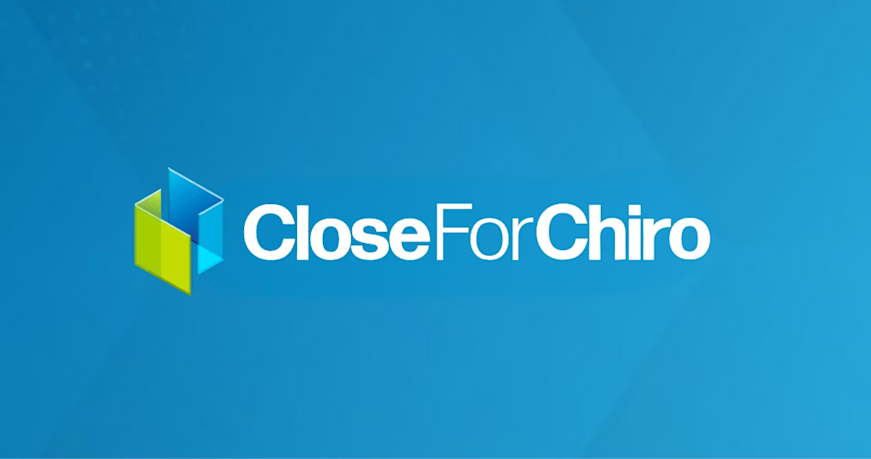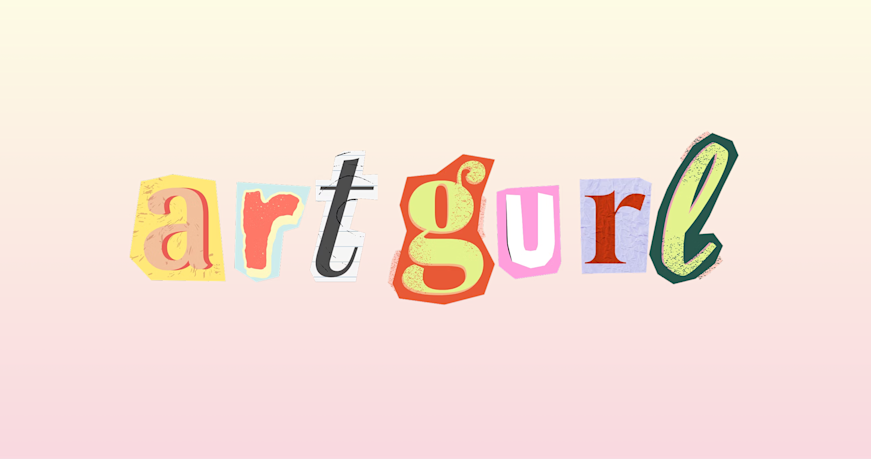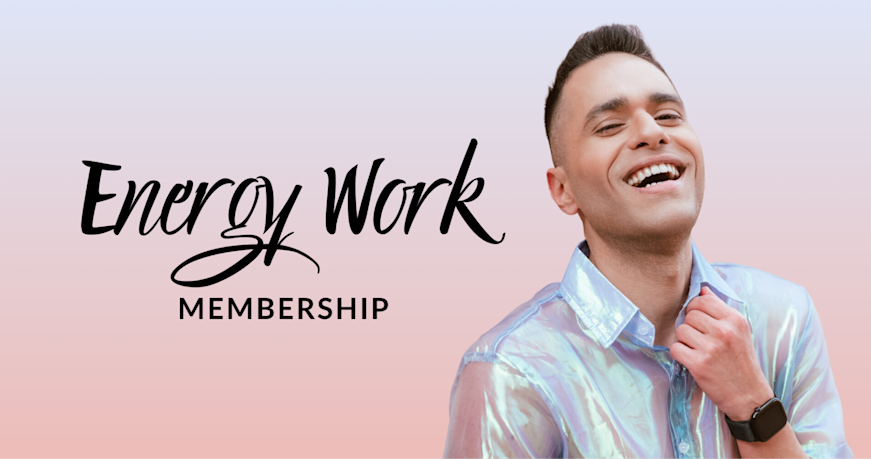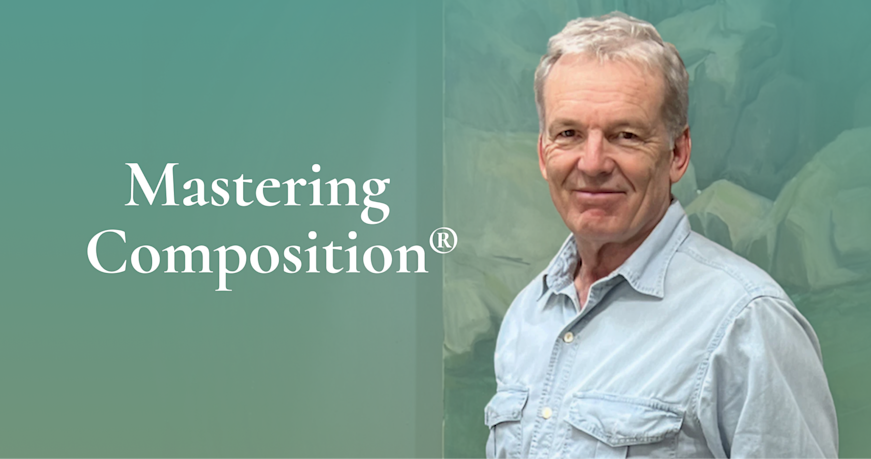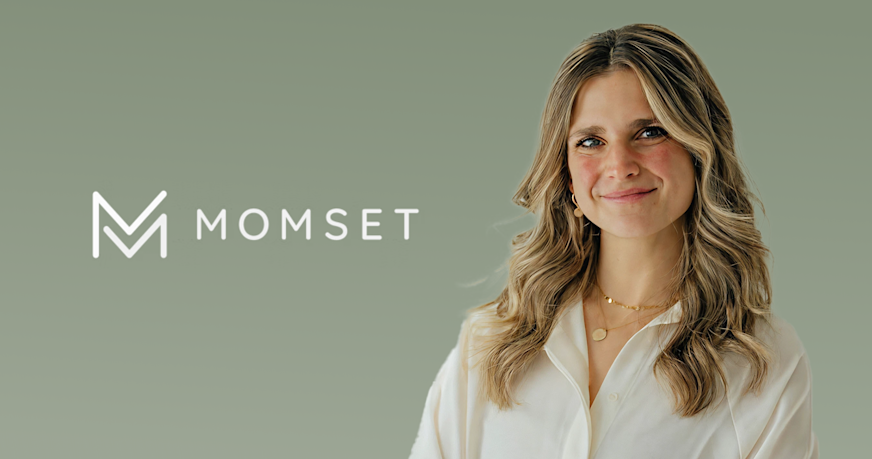Customer Stories
Made with Mighty
Over 900K people like you have created a community on Mighty. Here are some of our favorites in our most popular categories.
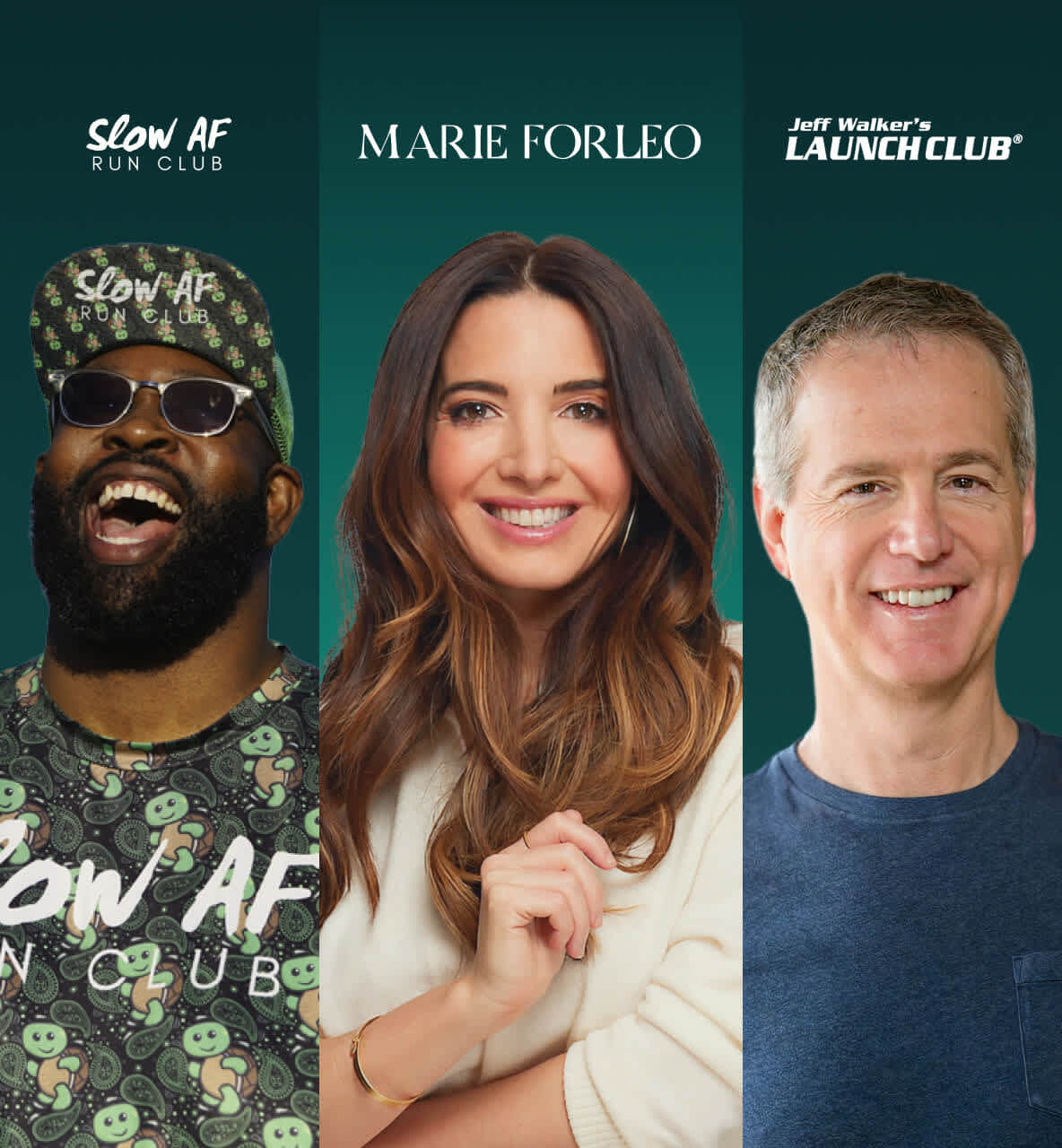
Topic
Career
Health & Wellness
Faith & Spirituality
Special Interest
Personal Development
Finance
Non-Profit
Offering
Paid Membership
Events
Coaching
Courses
Workshops
Challenges
Mighty Plan
Mighty Pro
The Business Plan
The Growth Plan
The Community Plan
The Courses Plan
Start building your community today
Get set up in seconds. You're gonna love this.
You're a few minutes away from watching it come to life.


